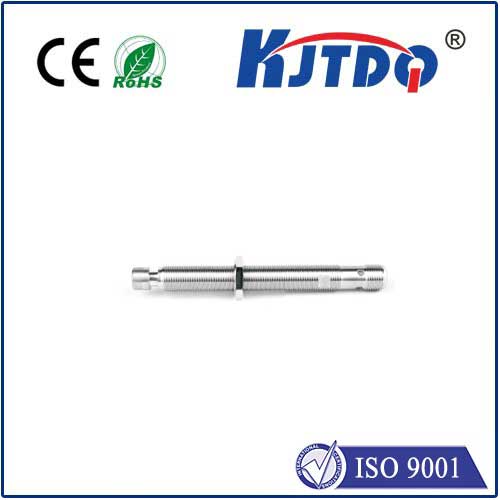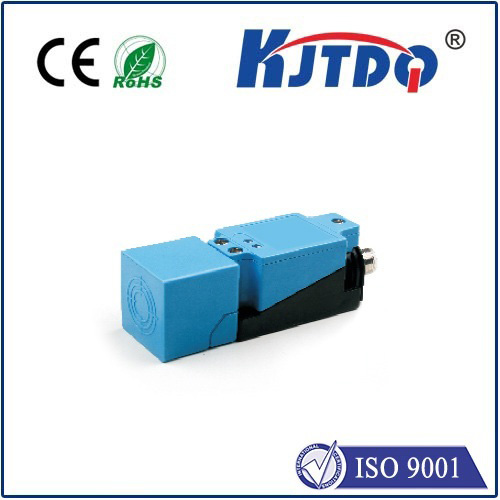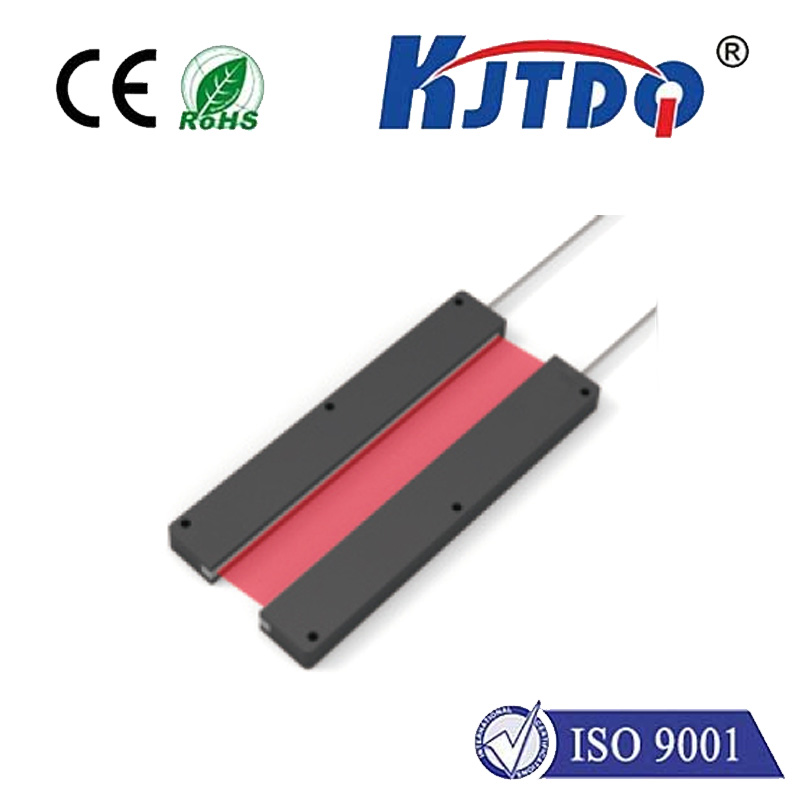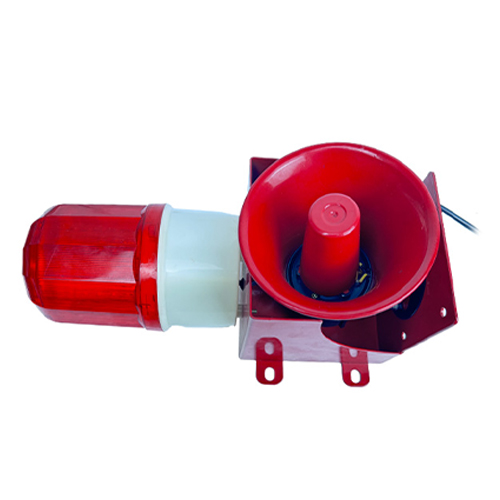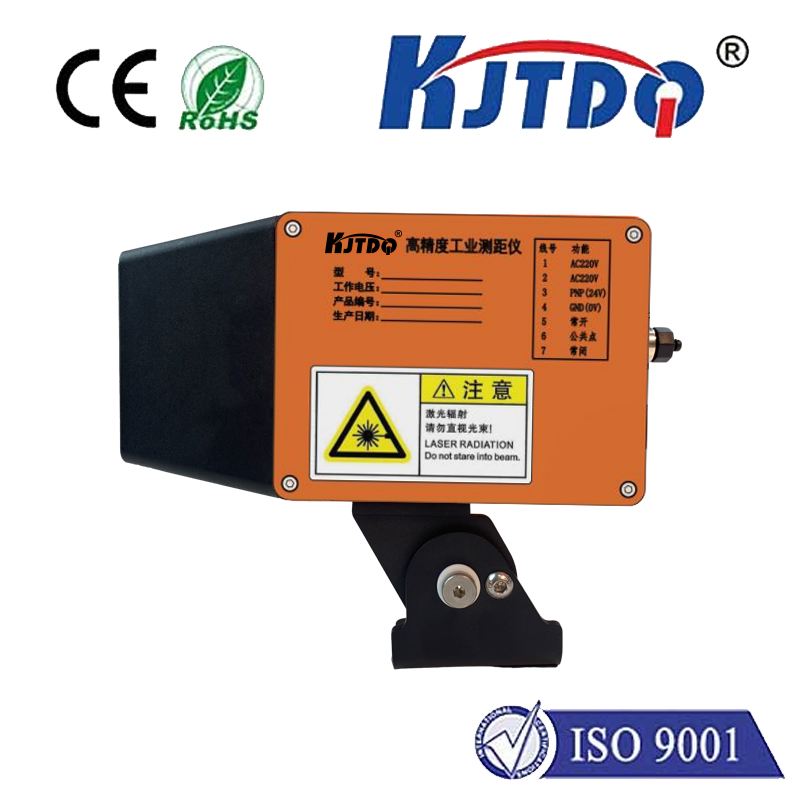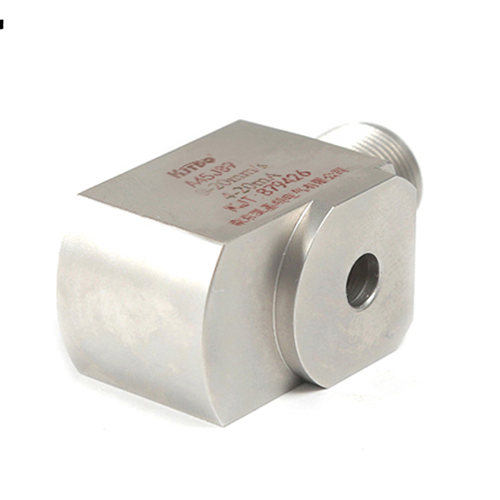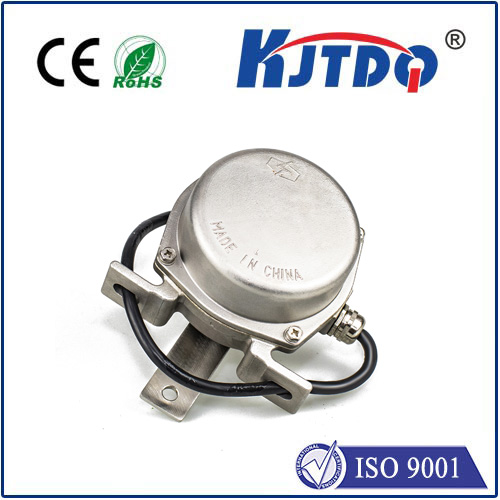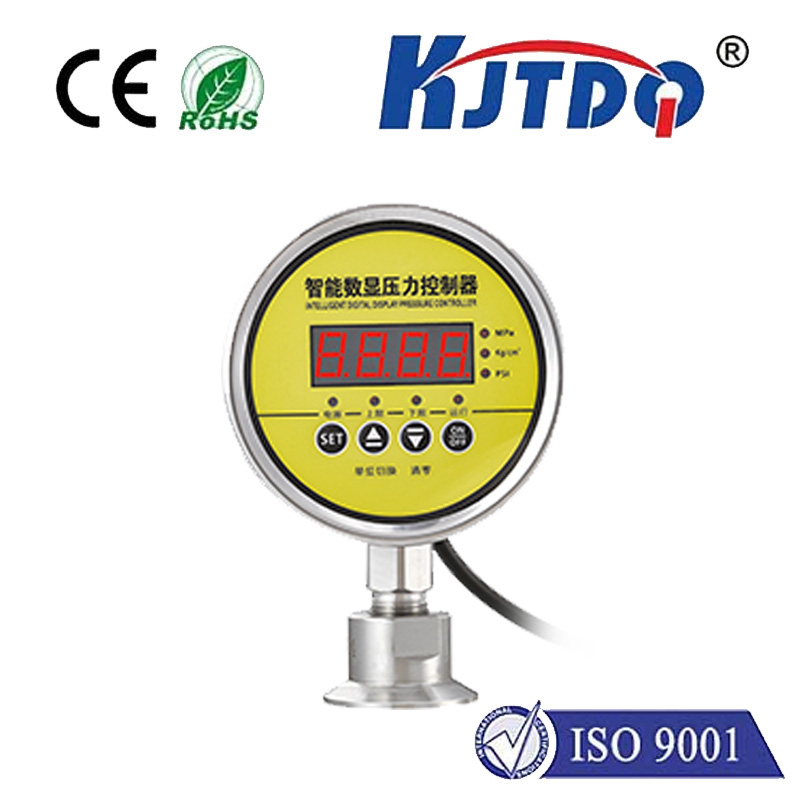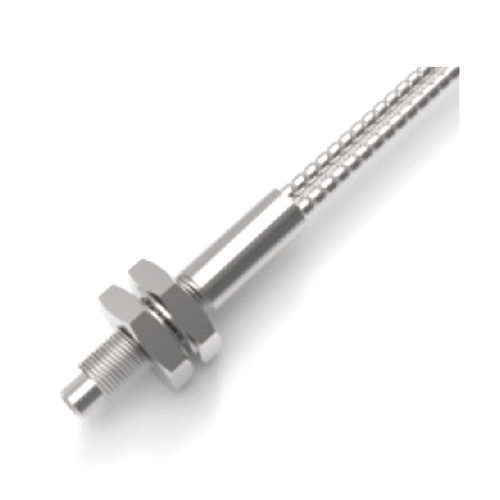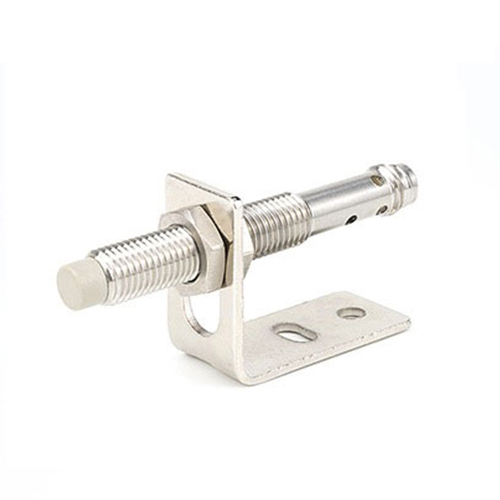Датчик точного расстояния
- time:2025-08-27 11:05:30
- Нажмите:0
Precision Distance Sensors: The Unseen Guardians of Accuracy in Our Measured World
Imagine a robotic arm assembling a microchip, its movements impossibly swift yet delicate. Picture a driverless car navigating a complex urban jungle at speed. Envision a factory producing thousands of identical parts, each within microns of perfection. What invisible force ensures these feats of precision? The answer lies in the silent, often unnoticed work of precision distance sensors. These technological marvels are the cornerstone of modern automation, quality control, and countless applications demanding exact spatial awareness.
Beyond Simple Proximity: Defining Precision Measurement
While basic proximity sensors tell us if something is near, precision distance sensors answer the critical questions: “Exactly how far away is it?” and “How precisely can I measure that distance?”. They provide quantitative, high-resolution measurements of the gap between the sensor itself and a target object – often with incredible accuracy down to microns or even nanometers.
This capability transcends mere detection; it enables active control, positioning, and verification. The demand for such precision stems from the relentless drive across industries for miniaturization, speed, safety, and consistency. Whether verifying the gap in a jet engine turbine blade or guiding a surgical robot, non-contact distance measurement is indispensable.
How Do Precision Distance Sensors Work? Unveiling the Technologies

Several sophisticated technologies power these sensors, each suited to specific challenges:
- Time-of-Flight (ToF): This method reigns supreme in versatility and speed. The sensor emits a pulse of energy (light, often laser, or sound). It precisely measures the time taken for that pulse to travel to the target and reflect back. Knowing the speed of the pulse (speed of light or sound), the sensor calculates the distance. Modern Laser Time-of-Flight sensors offer impressive speed and reasonable accuracy over considerable ranges.
- Triangulation: Most commonly used with laser light, this principle involves projecting a laser spot onto the target. A lens at a known angle focuses the reflected spot onto a position-sensitive detector (like a CCD or CMOS array). The position of the spot on this detector directly correlates to the distance of the target. Laser triangulation sensors excel at high-resolution measurements on close-range targets (millimeters to meters) and are renowned for their pinpoint accuracy.
- Interferometry: This represents the pinnacle of absolute precision. It splits a coherent light beam (laser), sending one beam to a reference surface and the other to the target. The reflected beams recombine, creating an interference pattern. Changes in distance cause measurable shifts in this pattern, enabling distance measurements with nanometer-level resolution. While complex and often range-limited, interferometers are vital in ultra-high-precision fields like semiconductor manufacturing.
- Ultrasonic: Using sound waves beyond human hearing, these sensors measure distance based on the echo’s return time. They are robust, cost-effective for many applications, and work well on sound-reflective surfaces, even in challenging environments like dust or fog, though typically offer lower resolution than optical methods. Ultrasonic distance sensors remain crucial for level monitoring and general positioning.
- Confocal Chromatic: This advanced optical technique uses a controlled chromatic aberration. White light focused by a lens creates different focal points for different wavelengths. Only the wavelength precisely focused on the target reflects efficiently back into the sensor. Analyzing the dominant reflected wavelength determines the exact distance with high precision, even on challenging surfaces like glass or liquids.
The Hallmarks of Precision: Key Sensor Features
What makes a distance sensor “precision”? Several factors are paramount:
- Accuracy: The closeness of the measurement to the target’s true distance. This is the gold standard. High-precision sensors offer accuracies often better than 0.1% of the measuring range or even finer.
- Resolution: The smallest detectable change in distance the sensor can reliably report. This defines the fineness of detail discernible. Resolution of micrometers or less is common in high-end sensors.
- Repeatability: The sensor’s ability to consistently give the same reading for the same target position under identical conditions. This is critical for reliable control.
- Speed: The measurement rate, expressed in Hertz (Hz) – measurements per second. High-speed distance measurement is essential for dynamic processes like robotic control or fast-moving webs.
- Environmental Robustness: Performance stability amidst factors like temperature fluctuations, humidity, vibrations, ambient light (for optical sensors), or airborne particles.
Where Precision Makes the Difference: Critical Applications
The impact of high-accuracy distance sensors is felt across diverse sectors:
- Industrial Automation & Robotics: Robot arm guidance, object positioning on conveyors, part presence verification, automated inspection (thickness, warpage, position), machine tending precision, and ensuring safe human-robot collaboration.
- Manufacturing & Quality Control: Gauging component dimensions, measuring gaps and heights, controlling sheet thickness in rolling mills, verifying surface profiles, inspecting weld seams. Precision is non-negotiable for quality assurance.
- Automotive: Collision avoidance systems (ADAS), parking assistance, suspension control, brake testing, automated assembly line guidance for components.
- Electronics & Semiconductor: Wafer alignment, bonding gap control, wire bonder positioning, micro-component placement – demanding the ultimate in measurement resolution.
- Аэрокосмическая деятельность: Air gap measurements in engines, wing flap positioning, composite material thickness verification during layup.
- Medical Technology: Guiding surgical instruments, precise positioning in imaging systems, medication dispensing control.
- Logistics & Warehousing: Pallet dimensioning, automated guided vehicle (AGV) navigation, stack height control, conveyor belt tracking.
Choosing the Right Precision Eye: Key Considerations
Selecting the optimal Датчик точного расстояния requires careful analysis:
- Required Accuracy & Resolution: Define the absolute tolerance your application demands.
- Measuring Range: The minimum and maximum distances the sensor needs to cover effectively.
- Target Properties: Material (metal, plastic, glass?), surface (shiny, matte, transparent?), color, and texture significantly impact optical sensor performance.
- Speed Requirements: How quickly must measurements be taken and reported?
- Environmental Conditions: Temperature extremes, dust, moisture, vibrations, ambient light levels?
- Output & Interface: Analog voltage/current? Digital output (RS232, RS485, Ethernet, EtherCAT)? Specific protocols needed for integration?
- Size & Form Factor: Physical constraints for mounting the sensor?
- Budget: Balancing performance needs with cost-effectiveness.
The Future: Smarter, Smaller, More Integrated Precision
The evolution of Точное определение расстояния technology is relentless. Key trends include:
- Miniaturization: Sensors are becoming smaller and lighter, enabling use in increasingly confined spaces.
- Enhanced Intelligence: On-sensor processing for edge computing, filtering, and basic decision-making.
- Multi-Dimensional Sensing: Combining distance measurement with other data like color, contour, or temperature.
- Sensor Fusion: Integrating data from multiple sensor types (e.g., LiDAR, vision cameras, ToF) for more robust and comprehensive environmental understanding.
- Integration with AI & IoT: Feeding precise distance data into larger AI-driven systems and the Industrial Internet of Things (IIoT) networks for predictive maintenance, adaptive control, and deeper analytics.
- Cost Reduction: Making high precision more accessible to a wider range of applications.
Precision distance sensors are far more than simple measurement tools; they are the fundamental enablers of modern automation, quality,

